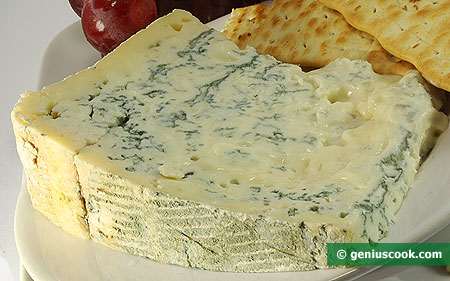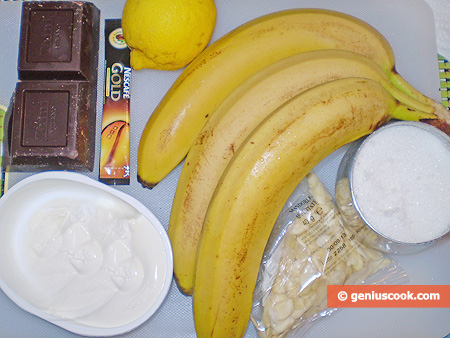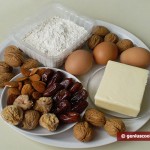Gorgonzola Blue Mold Cheese
Gorgonzola cheese is a unique Italy product with protected origin DOP (DENOMINAZIONE DI ORIGINE PROTETTA). Italy’s Ministry of Agriculture exerts a strict control over the quality and authenticity of DOP production both in Italy and abroad. So should you want to try a piece of blue cheese, you can be sure that it is a product of the highest quality made according to the most demanding standards and ancient traditions only in certain geographical areas of Italy.
Gorgonzola can be made only in two regions in Italy. Only the provinces of Piedmont and Lombardy produce this cheese. They get envirosafe milk good for producing blue mold cheese. It is conditioned by unique climatic conditions of these provinces. Blue cheese is made by sixty milk plants, including small family farms and large industrial establishments. Anyway, the production of this cheese requires hand work, experience and love.
Gorgonzola is made of pasteurized whole cow milk. It is poured into caldrons heated up to 86 degrees. Then lab ferment, milk enzymes and penicillin spores are added. After the mixture has coagulated the curd is broken by rotation, the sediment and the thrusting are drained off. Then the curd is placed into forms and salted. Maturation proceeds at the humidity of 90-95% and the temperature of 72 degrees. In three or four weeks they spear the cheese with long metal needles, allowing the air to get inside. It makes for the optimal conditions for originating natural penicillin mold (Penicillium glaucum). It takes about two hundredweights milk to get about 26.5 lb cheese.
The ready cheese is packed into a special kind of foil with embossment on all sheets. It is protects the delicate cheese from drying, bursting, cracking during shipment and storage, and carries the producer’s name. The flavor of the cheese depends on maturation time. The most piquant, strong taste has the Gorgonzola Piccante with its long maturation time, up to 1 year. The Gorgonzola Dolce has a specific sweetish taste and a creamy texture; it ripens from three to five months. Basically, Gorgonzola is soft; you can spread it on bread, toasts, bruschetta, crackers. At thermal treatment – in sauces, for example – it melts down quickly and gives a special flavor to dishes.
Gorgonzola is rich in minerals and vitamins, it stimulates the bilification and pancreatin secretion, helps digest fats and proteins and get rid of toxins in the bowels. 0.2 lb cheese provides 330 kcal, 0.7 oz proteins, 0.9 oz fats, 360 mg phosphorus, 420 mg calcium and D, B1, B2, B6, B12, A, PP vitamins.






